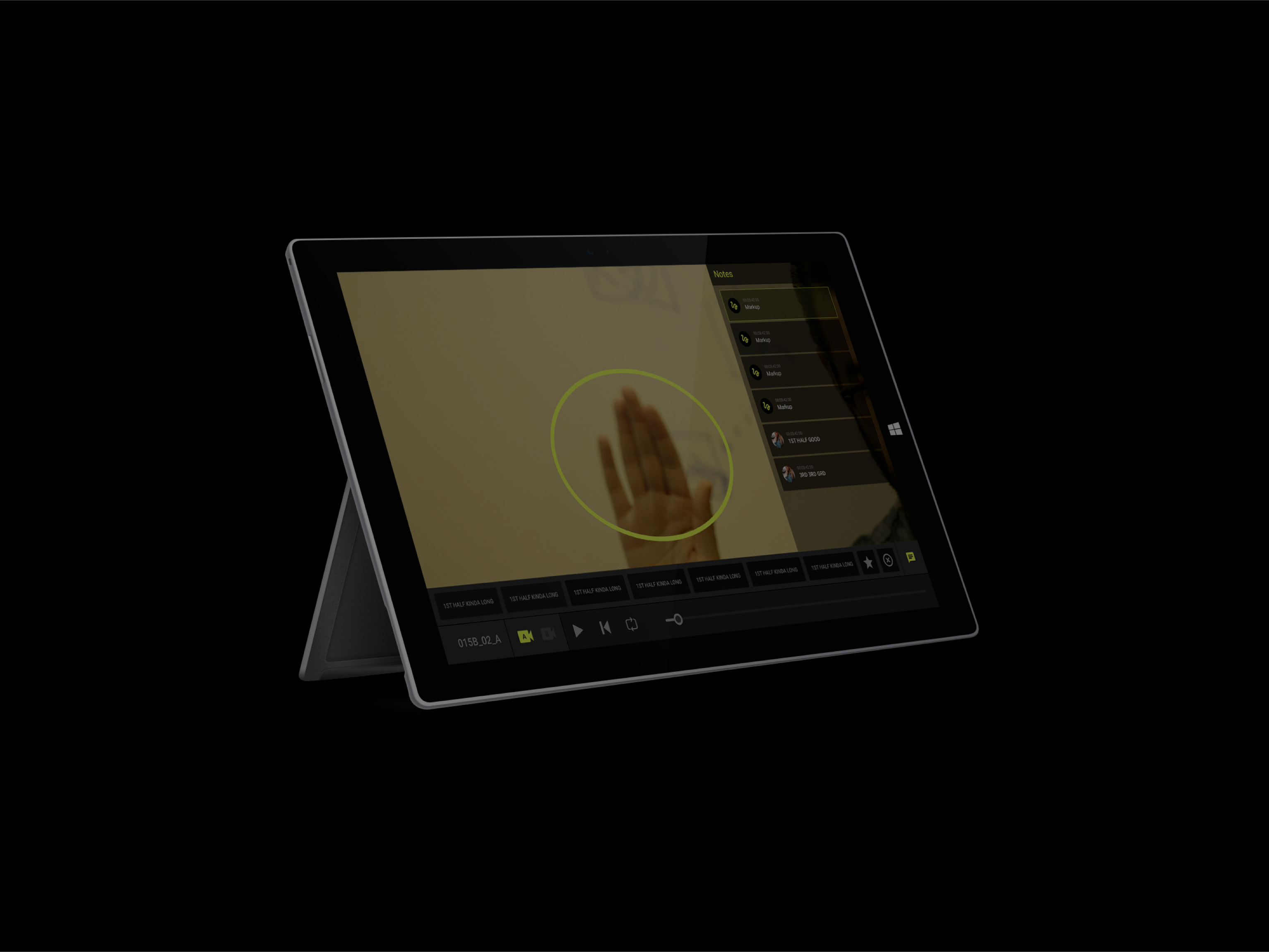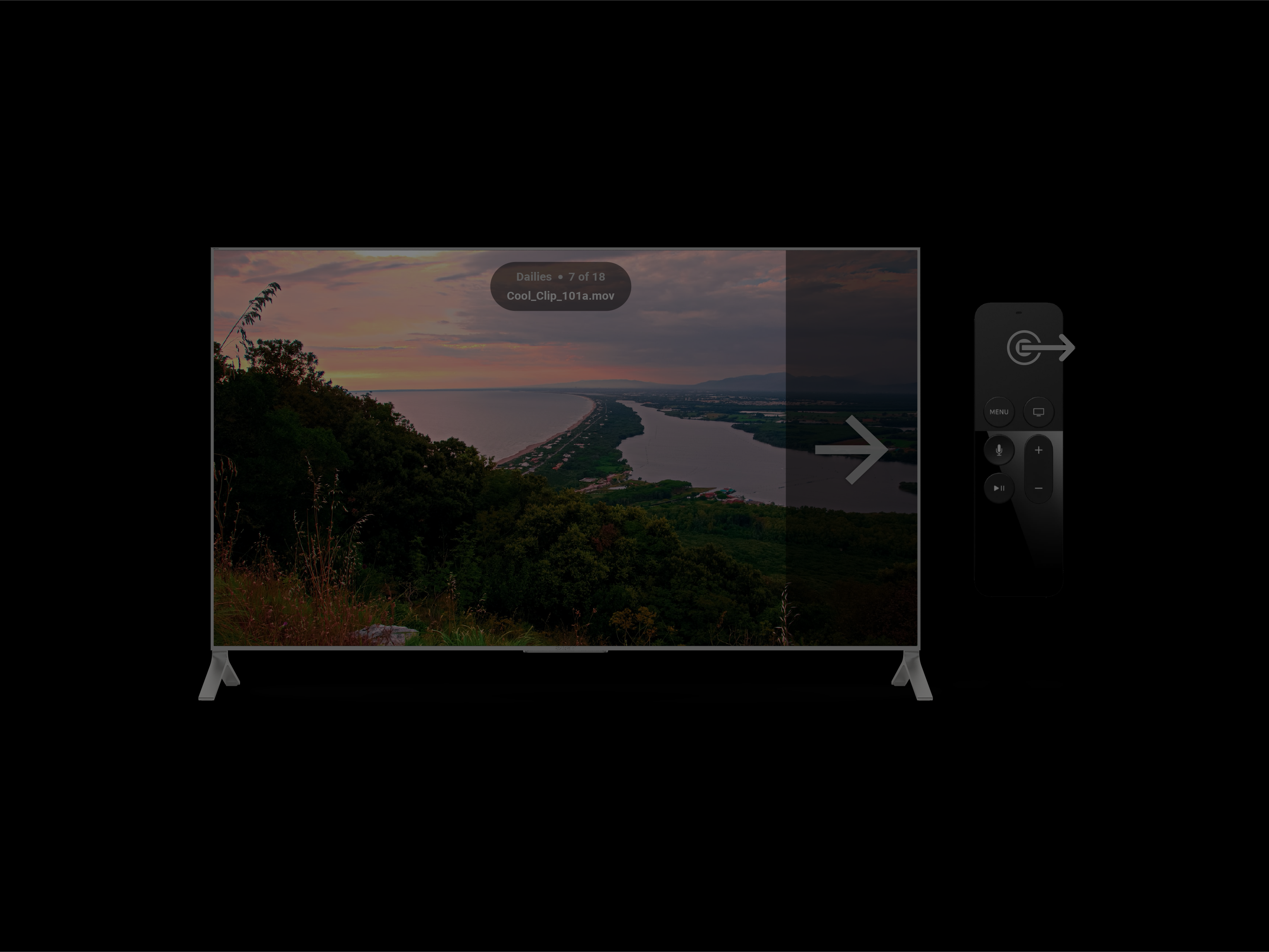The School of Games
Interaction Redesign
Interaction Redesign
Overview
The School of Games was created to make learning how to read fun for children. In the app, they can select a character, complete learning puzzles to win coins, and spend the coins playing mini games.
Role
As the UX designer, I worked closely with the founder, as well as the developer of the School of Games. I was responsible for research which included usability studies, interviews, comparative analysis, as well as the interaction design.
Problem
After releasing the game beta and watching kids play, the developers notice that the children were having trouble finding their way around the game, often getting frustrated. I was tasked with making the game navigation more intuitive.
After a few sessions observing the children use the app, I found that most of the issues stemmed from the home screen, the main navigation portal.
More on that later.
After a few sessions observing the children use the app, I found that most of the issues stemmed from the home screen, the main navigation portal.
More on that later.
Current home screen.
MISE EN PLACE __________________________________________________________________________________________________________________
Learning the Lay of the Land
To get started, I wanted to understand how the game was currently set up so I could better understand what the intentions were with the navigation.
First I laid out the IA with flow charts.
First I laid out the IA with flow charts.
Simplified Map with Screens
When I was brought on, the game map looked like this. There was an equal trichotomy between the three doors 'Playing', 'Learning', and 'Pets.' The only clear indication of what lie behind each door is written on the signs. Not ideal when the target user may not even be able to read.
RESEARCH __________________________________________________________________________________________________________________
Competitive Analysis
I downloaded and played as many of the top listed games designed for kids within or close to our target demographic.
Most of them made gameplay a fluid concept instead of forcing the user to jump between tasks. Most of them did away with navigation altogether and simply made gameplay a one track journey.
Most of them made gameplay a fluid concept instead of forcing the user to jump between tasks. Most of them did away with navigation altogether and simply made gameplay a one track journey.
A Bit of Child Psychology
I also dug into a few academic articles to find out more about how children learn. My goal was to design the game in a way that would reinforce the concept of learning as being positive, as opposed to the current game layout, which made learning more of a road block on the path to having fun.
Experiments by social scientists point to the idea that large rewards can produce immediate compliance from your child, but they do not help them to accept inner responsibility which would lead them to becoming committed to their behavior. Instead, a small reward is more likely to get your child to believe they have done something because it is right.
In addition, small rewards differ from big rewards in terms of their frequency. Rewards or praise must be handed out immediately after the desired behavior is exhibited. This is to quickly enforce what is acceptable and what is not. Such immediacy requires smaller rewards to balance out the cost of the rewards in terms of money and time.
Source: http://www.sciencedirect.com/science/article/pii/0022103165900429
Source: http://www.sciencedirect.com/science/article/pii/0022103165900429
USABILITY STUDIES
__________________________________________________________________________________________________________________
__________________________________________________________________________________________________________________
Our founder and I brought the game beta to local kindergarten where we were able to watch the children interact with it. I was able to conduct some tests and interviews with the kids to see how well they understood what was happening in the game.
I noticed most of the children figured out fairly quickly that they should tap the brown door to play with and change pets. However, most of them did not seem to understand how the Play and Learn doors worked. Often they would tap the Learn door accidentally, and not know how to go back and Play instead.
I noticed most of the children figured out fairly quickly that they should tap the brown door to play with and change pets. However, most of them did not seem to understand how the Play and Learn doors worked. Often they would tap the Learn door accidentally, and not know how to go back and Play instead.
I also learned that the kids loved the painting mini game. They would get sad or upset when they were unable to save a drawing they were working on.
The concept of the Play door requiring coins to use was also lost on nearly all of them. Often if they were out of coins they would still tap 'Play' repeatedly, not grasping the fact that they needed to go 'Learn' to earn more coins to play.
The concept of the Play door requiring coins to use was also lost on nearly all of them. Often if they were out of coins they would still tap 'Play' repeatedly, not grasping the fact that they needed to go 'Learn' to earn more coins to play.
IDEATION
__________________________________________________________________________________________________________________
__________________________________________________________________________________________________________________
Taking what I had learned from our research, I sketched out several ideas for streamlining gameplay and presented them. The meeting quickly evolved into a scope defining session when I started presenting ideas that would change a significant portion of the already developed gameplay.
Fortunately, even after deciding that there was not a lot of wiggle room to significantly alter gameplay at this point, a couple of my ideas were still feasible. So we explored those options and decided to move forward with one of the designs.
Fortunately, even after deciding that there was not a lot of wiggle room to significantly alter gameplay at this point, a couple of my ideas were still feasible. So we explored those options and decided to move forward with one of the designs.
SOLUTION
__________________________________________________________________________________________________________________
__________________________________________________________________________________________________________________
Most of the UI changes for the solution lie in the redesign of home screen. However, gameplay was also altered significantly without adding much development effort.
Revised Map
In this option, I combined the Learn and Play functions. The idea is that playing would become an immediate reward for completing a learning puzzle. This way, gameplay can be streamlined into a single intuitive flow, rather than having two completely separate game modes that a child must constantly switch between.
I also added the ability for kids to save and revisit their artwork by allowing access to it from the home screen.
I also added the ability for kids to save and revisit their artwork by allowing access to it from the home screen.
Home Screen
1. Other playable avatars (Pets) are seen lounging/playing in the main room, children can now easily interact with them.
2. Saved artwork is added to the wall. Children can go back and view the masterpieces they created in the minigame, as well as continue working on them.
3. The selected avatar will walk to where the child taps, to add a sense of continuity.
4. The doors to Learn and Play have been combined into one.
2. Saved artwork is added to the wall. Children can go back and view the masterpieces they created in the minigame, as well as continue working on them.
3. The selected avatar will walk to where the child taps, to add a sense of continuity.
4. The doors to Learn and Play have been combined into one.
By combining the Learn and Play scenarios, children are no longer confused and disappointed when they are unable to 'afford' to Play. By making the adventure game a regular reward as part of the learning process, children will get positive reinforcement every time they complete a lesson





